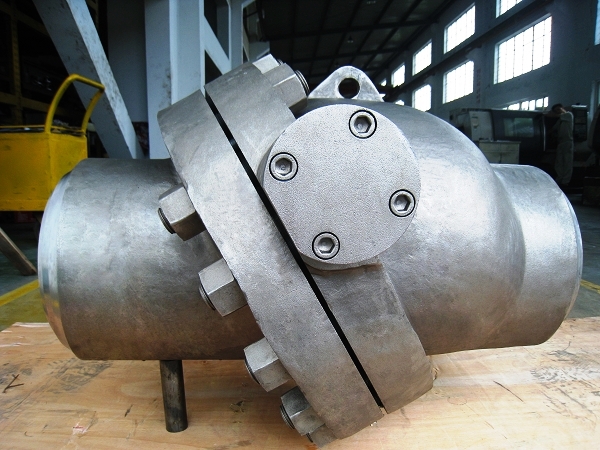A check valve, clack valve, non-return valve, or one-way valve is a valve that normally allows fluid (liquid or gas) to flow through it in only one direction.
Check valves are two-port valves, meaning they have two openings in the body, one for fluid to enter and the other for fluid to exit. There are various types of check valves used in a wide variety of applications.

Check valves are often part of common household items. Although they are available in an extensive range of sizes and costs, check valves are generally very small, simple, and/or inexpensive. Most check valves work automatically and are not regulated by a person or any external control; accordingly, most do not have any valve handle or stem. The bodies (external shells) of most check valves are made of plastic or metal.
An important concept in check valves is the cracking pressure, which is the minimum upstream pressure at which the valve will operate. Typically the check valve is designed for, and can therefore be specified for, a specific cracking pressure.
Also Read -
